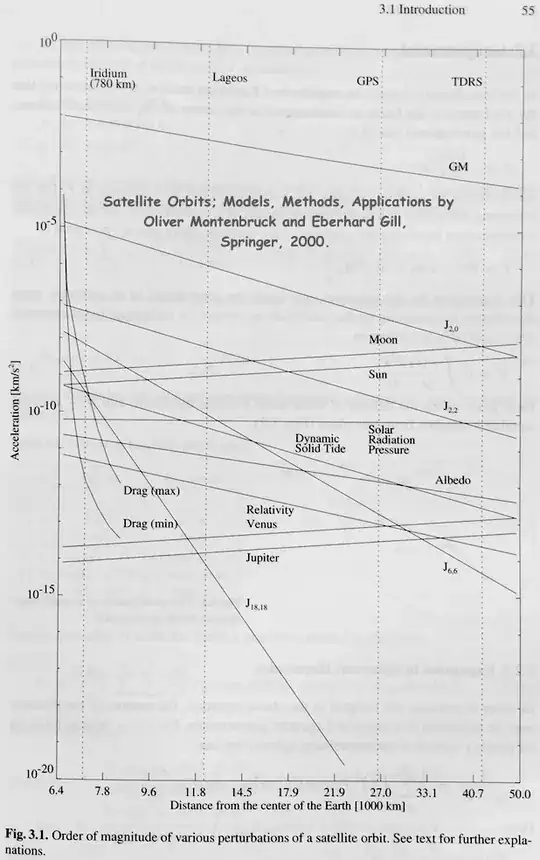We usually treat the earth frame as approximately inertial. When we want to apply corrections, we use the centrifugal, coriolis and azimuthal forces. Are they all the corrections we would ever need?
That would imply the frame I am talking about (attached to the centre of the earth but not rotating with it) would be inertial. Is it? Or do we need to take the earth's motion around the sun into account? What more corrections will be there?
Will there ever be enough corrections? Is there a truly inertial frame out there? I know GR says the universe expands etc etc. (I am at a freshman level, so I only have a vague pop sci idea of SR and GR), but what did people think about inertial reference frames during the classical period - say 17 or 1800s? And what do people think now?
Say newton definitely would have been aware of the fictitious forces like coriolis to account for the earth's rotation. But did he ever think of taking the earth's motion around the sun into account? Did he stop there as he thought the solar system was a fixed thing?
My question is mostly about the classical view on this, though how we look at it currently using GR would also be good but please note I am at a very beginning level in college physics.
